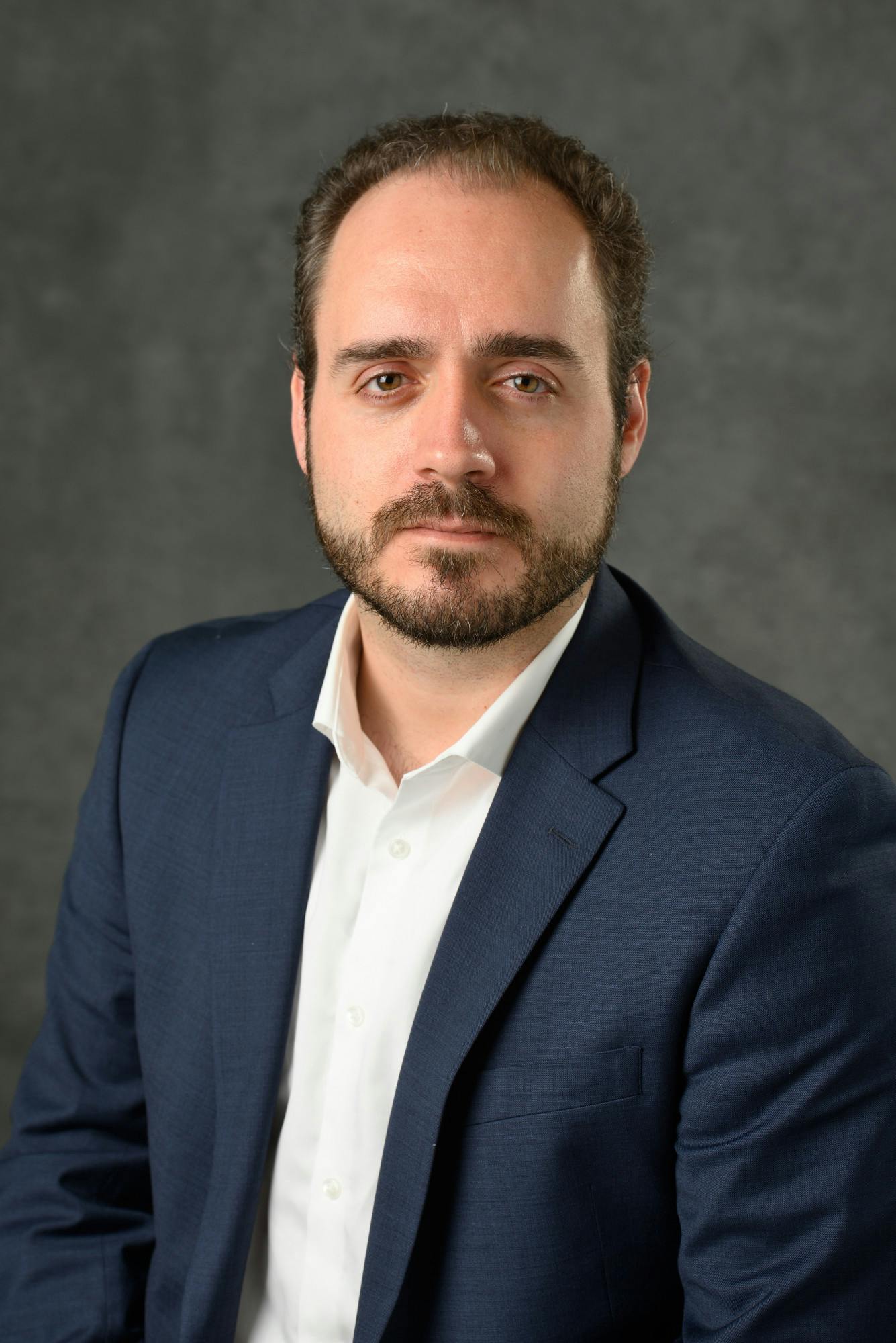Aug. 17, a miniature human heart model was created by Michigan State University researchers for the first time. The model is complete with all primary heart cell types and an operational structure of chambers and vascular tissue.
“These mini hearts constitute incredibly powerful models in which to study all kinds of cardiac disorders with a degree of precision unseen before,” the study’s senior author and assistant professor of biomedical engineering at MSU’s Institute for Quantitative Health Science and Engineering Aitor Aguirre said in a release through MSUToday.
Funded by the American Heart Association and the National Institutes of Health, this study, “Generation of Heart Organoids Modeling Early Human Cardiac Development Under Defined Conditions,” appears on the bioRxiv preprint server.
Human heart organoids, or hHOs, were created in a way that mimics embryonic and fetal developmental environments. A functional mini heart can be generated after a few weeks by deploying a bioengineering process that uses pluripotent stem cells.
“Organoids — meaning resembling an organ — are self-assembling 3D cell constructs that recapitulate organ properties and structure to a significant extent,” graduate student in the Aguirre Lab and first author of the study Yonatan Israeli said in the release.
The stem cells are obtained from consenting adults and, therefore, free of ethical concerns.
“This process allows the stem cells to develop, basically as they would in an embryo, into the various cell types and structures present in the heart,” Aguirre said in the release. “We give the cells the instructions, and they know what they have to do when all the appropriate conditions are met.”
The researchers studied the natural growth of a human fetal heart because the organoids followed the natural cardiac embryonic development process. Technology allows for creating hHOs with relative ease, unlike existing tissue engineering approaches that are expensive, labor-intensive and not readily stable.
One of the leading obstacles in the study of fetal heart development and congenital heart defects is access to a developing heart. To approximate function and development, researchers have been limited to mammalian models, donated fetal remains and in vitro cell research.
“Now we can have the best of both worlds, a precise human model to study these diseases — a tiny human heart — without using fetal material or violating ethical principles. This constitutes a great step forward,” Aguirre said in the release.
The heart organoid represents an unprecedented look into the processes of how a fetal heart develops. Aguirre is preparing to take the next step.
“In the lab, we are currently using heart organoids to model congenital heart disease — the most common birth defect in humans affecting nearly 1% of the newborn population,” Aguirre said in the release. “With our heart organoids, we can study the origin of congenital heart disease and find ways to stop it.”
Critical future research includes improving the final organoid.
“The organoids are small models of the fetal heart with representative functional and structural features,” Israeli said in the release. “They are, however, not as perfect as a human heart yet. That is something we are working toward.”
These miniature heart models enable an ability to study many other cardiovascular-related diseases on the developing fetal heart.
Other researchers involved in this study were Aaron Wasserman, Mitchell Gabalski, and Kristen Ball at MSU; and Chao Zhou, Jinyon Zhou, and Guangming Ni at Washington University in St. Louis.
Support student media!
Please consider donating to The State News and help fund the future of journalism.
Discussion
Share and discuss “MSU scientists develop first functioning mini heart model” on social media.




